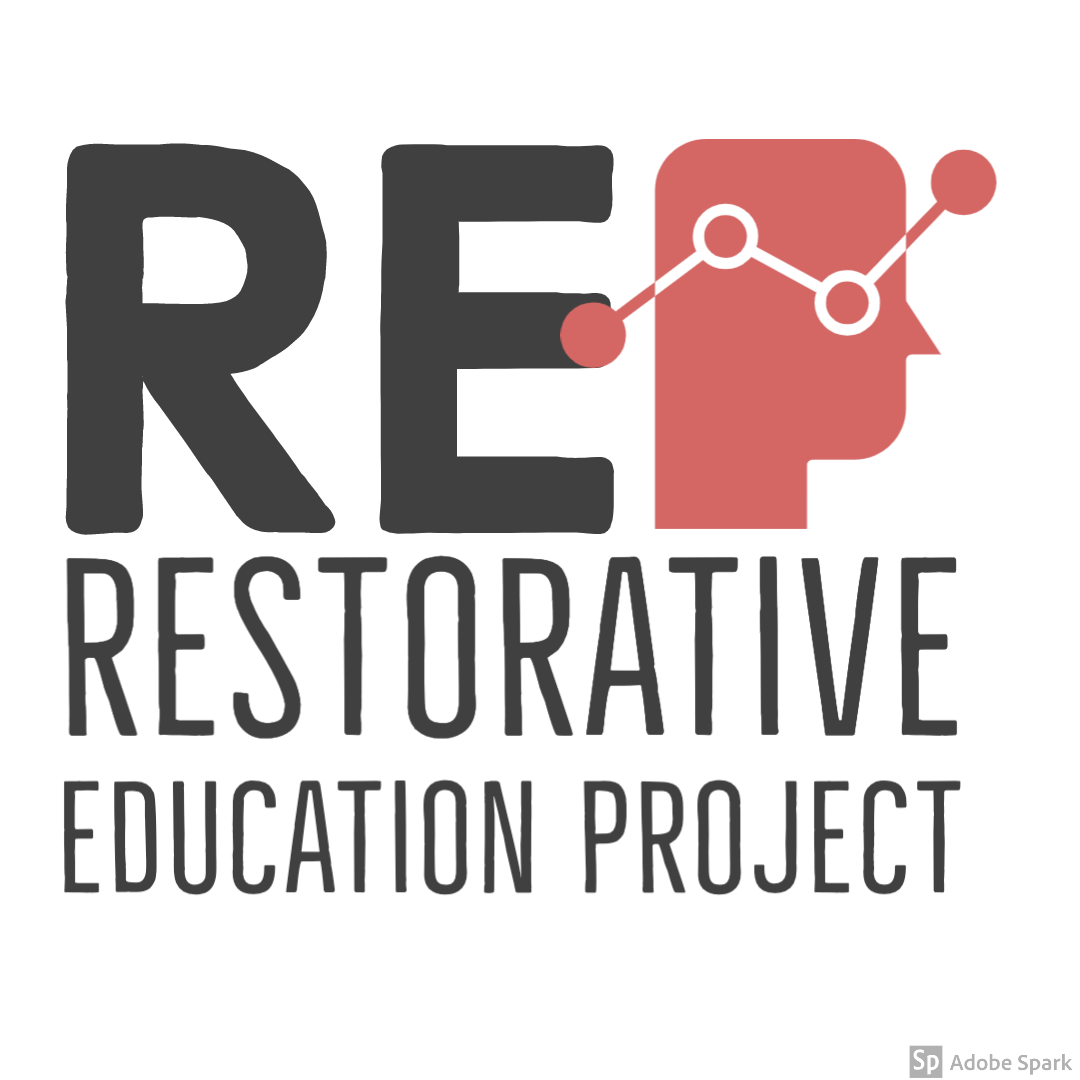
Tools & Publications


Teaching the Art of Holding Space in the K-12 Classroom
Building a community of learners that know how to hold space for others and understand the importance of doing so is one of the most powerful skills we can teach as educators. Particularly during challenging times when our students are trying to understand the chaos in the world around them, teachers can carve out time during the day to allow students to air their feelings in constructive ways while also hearing and making connections to what is shared by their peers. Community circles also have the effect of mutual humanization as students share stories and connect to one another’s experiences.

What makes us human? | An incomplete, but operative definition
As an educator, I’ve come to recognize the fundamentality of learning and discussing humanity as concept, action, philosophy, and framework. We cannot tackle dehumanization of any kind, be it public or private, institutions of health, education, or criminal justice, without an operating definition of what it means to be human. In the absence of such intellectual explorations, our inner worlds devolve into moral flatlands to be dominated by the strongest, loudest, most intimidating of ideologues and demagogues, bought and sold to the highest bidders, through acts which can only be regarded as violence. When we are told what is human, or rather, who is human, we abdicate the responsibility toward inquiry embedded within each of us to determine the world for ourselves.

The Critical 6
Are you facilitating a Brave Space or critical dialogue? Use the Critical 6 to promote self-awareness and critical thinking.
